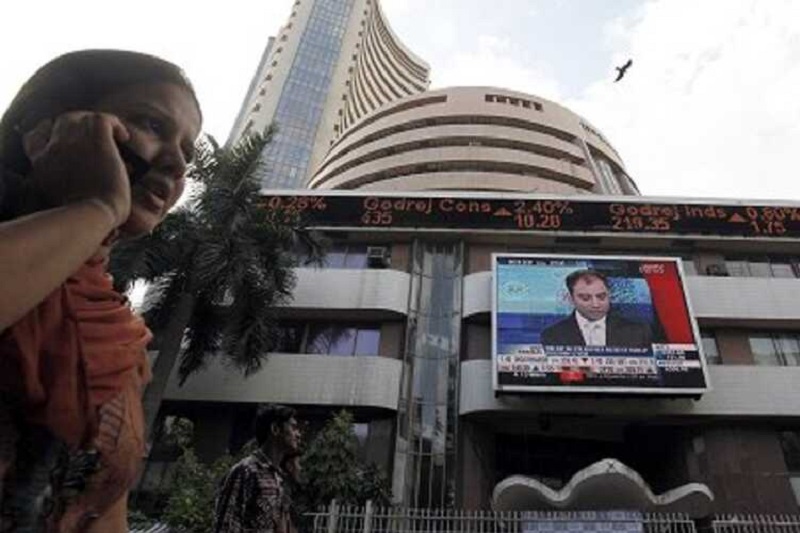Investing.com -- The recent softening of global rates and a weakening U.S. labor market have sparked renewed discussions about the trajectory of domestic interest rates in India.
Investors are particularly interested in how potential rate cuts might impact the financial sector, especially banks and non-banking financial companies (NBFCs).
Analysts at Bernstein in a note dated Wednesday have analyzed the potential outcomes of a gradual interest rate cut in India, focusing on its impact on banks and NBFCs.
As per Bernstein, India is likely to experience a modest and delayed rate cut cycle, with an expected cumulative reduction of about 50 basis points (bps).
While domestic inflation has shown signs of easing, several factors suggest that the Reserve Bank of India (RBI) will adopt a cautious approach.
The momentum of inflation remains strong, particularly in the food sector, where volatility and potential supply-demand mismatches persist.
These inflationary pressures, combined with rising inflation expectations among Indian households, reduce the likelihood of a sharp or rapid rate cut.
“However, We do expect ~50 bps rate cut in the current cycle, with the real rate settling at 1%-1.5%,” the analysts said.
As the rate cut cycle begins, the impact on banks and NBFCs is expected to be uneven, largely due to differences in their loan portfolios and funding structures.
NBFCs, such as SBI Cards (NS:SBIC) and Bajaj Finance (NS:BJFN), are likely to benefit from rate cuts. These companies have a higher proportion of fixed-rate loans, which do not reprice immediately, allowing them to maintain their interest margins for a longer period even as borrowing costs decrease.
Additionally, NBFCs' reliance on borrowings within their liabilities may see a quicker reduction in costs, providing a tactical advantage over banks.
On the other hand, Indian banks, with a significant share of floating-rate loans (about 75% of the system), are likely to experience faster loan repricing, leading to margin compression.
Among the major private banks, Kotak Mahindra Bank (NS:KTKM) is the most exposed due to its high share of loans linked to external benchmarks, making it particularly vulnerable to swift margin erosion.
Banks with a higher share of wholesale deposits, such as HDFC Bank (NS:HDBK) and Axis Bank (NS:AXBK), may face slower declines in funding costs, exacerbating near-term margin pressures.
However, the expected decline in interest rates could generate significant treasury gains for banks, which might help offset some of the margin compression. The extent of these gains will depend on the composition and duration of each bank’s investment portfolio.
Within the banking sector, Bernstein identifies certain institutions as better positioned to navigate the potential rate cut cycle. HDFC Bank, IIndusInd Bank (NS:INBK), and Axis Bank are expected to be the most resilient:
IndusInd Bank , with its relatively higher share of fixed-rate loans, is less likely to experience immediate margin pressures compared to its peers. HDFC Bank, due to its liability mix, characterized by a higher share of borrowings, is expected to see a slower rise in funding costs, offering some protection against margin compression.
Similarly, Axis Bank’s deposit franchise is likely to experience a slower decline in funding costs, mitigating the negative impact on margins.
Conversely, Kotak Mahindra Bank is expected to face the most significant challenges due to its large exposure to external benchmark-linked loans, which could result in rapid margin erosion.
Bernstein analysts caution that, given the expected shallow rate cut cycle, other factors may play a more dominant role in determining stock performance in the financial sector.
For NBFCs, asset quality will be a critical consideration, especially in the context of a slowing economy. Investors should closely monitor credit quality metrics, particularly for companies like Bajaj Finance and Muthoot Finance.
For banks, deposit growth will be a key determinant of future performance, influencing both funding costs and lending capacity in a competitive market environment.
Bernstein analysts have rated HDFC Bank, IndusInd Bank, Axis Bank, and Muthoot Finance (NS:MUTT) as outperformers, while ICICI Bank, Kotak Mahindra Bank, and SBI are expected to perform in line with the market.
Bajaj Finance and SBI Cards are projected to underperform in the upcoming interest rate reduction cycle.
